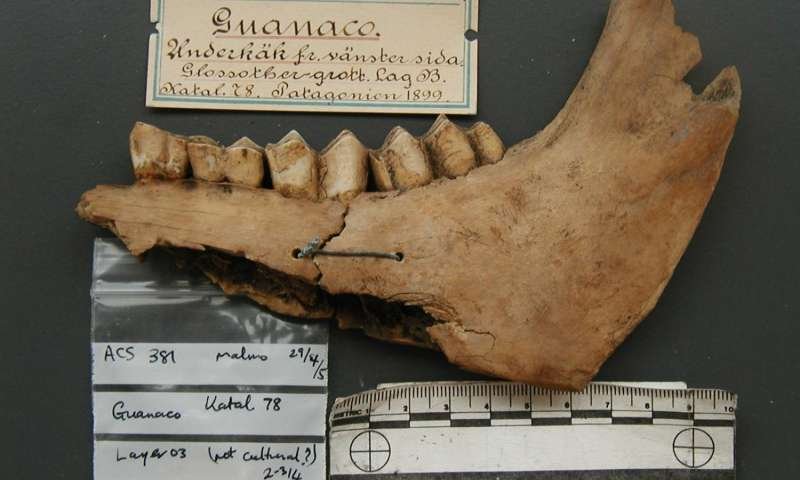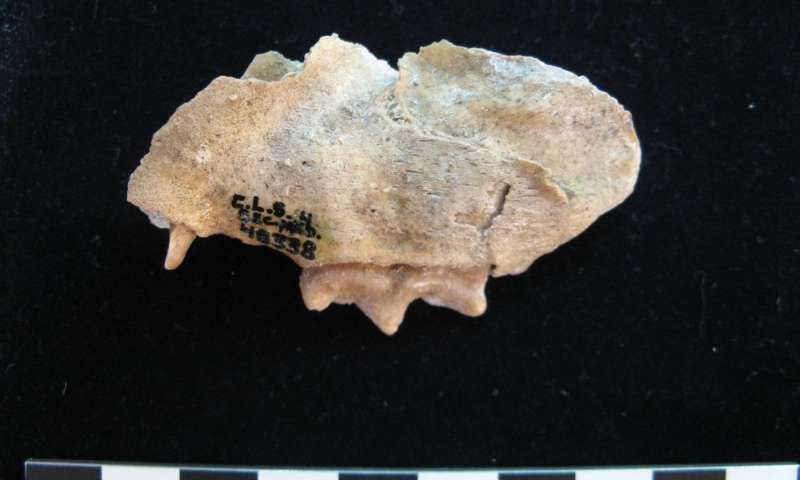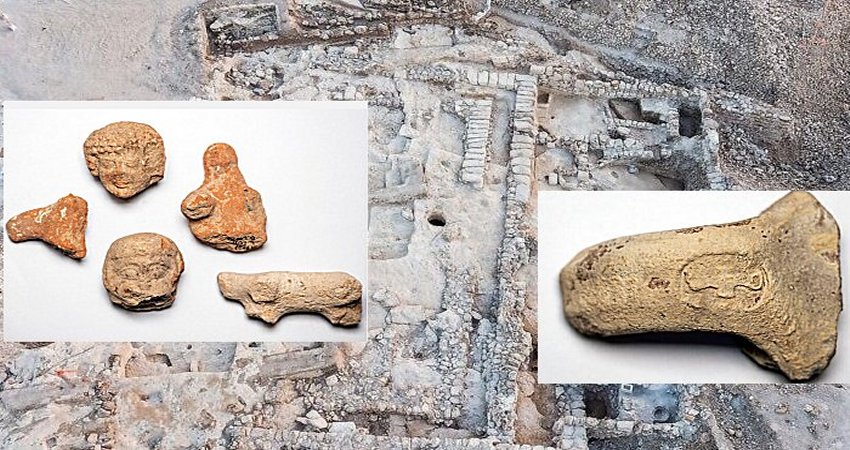Ancient DNA Reveals What Ended The Patagonia Giant Ice Age Species 12,300 Years Ago
MessageToEagle.com – In ancient times giant Ice Age species such as elephant-sized sloths and powerful sabre-toothed cats once roamed the windswept plains of Patagonia, southern South America. Suddenly, around 12,300 years ago the megafauna died off.
The timing and cause of rapid extinctions of the megafauna has remained a mystery for centuries. Now, ancient DNA reveals what caused the extinction of the giant Ice Age species.
By extracting ancient DNA from radiocarbon-dated bones and teeth found in caves across Patagonia, and Tierra del Fuego, scientists at the Australian Centre for Ancient DNA (ACAD) at the University of Adelaide have determined that it was only when the climate warmed, long after humans first arrived in Patagonia 12,300 years ago that megafauna all of the sudden vanished.

Species such as the South American horse, giant jaguar and sabre-toothed cat, and the enormous one-tonne short-faced bear, the largest land-based mammalian carnivore were found widely across Patagonia, but seemed to disappear shortly after humans arrived.
“Patagonia turns out to be the Rosetta Stone. It shows that human colonization didn’t immediately result in extinctions, but only as long as it stayed cold,” says study leader Professor Alan Cooper, ACAD Director. “Instead, more than 1000 years of human occupation passed before a rapid warming event occurred, and then the megafauna were extinct within a hundred years.”

“The America’s are unique in that humans moved through two continents, from Alaska to Patagonia, in just 1500 years,” says Professor Chris Turney, from the University of New South Wales. “As they did so, they passed through distinctly different climate states – warm in the north, and cold in the south. As a result, we can contrast human impacts under the different climatic conditions.”
See also:
Ancient DNA Solves The Mystery Of Giant Bears In The Americas
Ancient DNA: So Far Oldest Genome From A 700.000 Year Old Horse – Sequenced
Memories Of Your Ancestors Can Be Hidden In Your DNA
The only large species to survive were the ancestors of today’s llama and alpaca – the guanaco and vicuna—and even these species almost went extinct.
“The ancient genetic data show that only the late arrival in Patagonia of a population of guanacos from the north saved the species, all other populations became extinct,” says lead author Dr Jessica Metcalf, from the University of Colorado Boulder.
“In 1936 Fell’s cave, a small rock shelter in Patagonia, was the first site in the world to show that humans had hunted Ice Age megafauna.

So it seems appropriate that we’re now using the bones from the area to reveal the key role of climate warming, and humans, in the megafaunal extinctions,” says Dr Fabiana Martin, at the University of Magallanes.
The giant Ice Age species were not the only giant animals in America. During the Pleistocene period, 2.5 million years ago to 11 thousand years ago giant bears weighing over 1,000 kg roamed both North and South America.
These huge animals belonged to a now practically extinct subfamily of bears known which are today only represented by the small, herbivorous Andean spectacled bear.
Ancient DNA can solve the mystery of these giant bears and we might learn more about the evolution of what are believed to be the largest bears that ever walked the Earth. The giant bears represent a remarkable instance of convergent evolution, as giant bears appear to have evolved independently in both North and South America.
Ancient DNA studies give us remarkable insight into the evolution of various extinct species
MessageToEagle.com










